“I sold one for 1.2 lakh and another for 1.4 lakh. Prices are high now — I won’t let this one go for less than 1.8 lakh,” said cattle trader Shamim Miah at the Shanir Akhra market. He brought three similarly-sized cows from Magura, sold two earlier in the week, and is now asking a premium price for the third as the market faces a shortage.
With Eid-ul-Azha approaching on Saturday, last-minute buyers are crowding the capital`s cattle markets. However, many are leaving empty-handed due to a severe shortage of cows. On Friday, the situation worsened, with major markets like Gabtoli, Kamalapur, Shanir Akhra, Dayaganj, and Postogola experiencing a significant drop in available livestock.

High Prices, Happy Sellers
The shortage has led to skyrocketing prices, putting cattle traders in high spirits. Many buyers, on the other hand, are seen moving from one market to another in search of a suitable animal within their budget.
There is particularly high demand for small to medium-sized cows this year. On Thursday night, many market spaces were visibly empty, leaving disappointed buyers with no choice but to return home. Residents from across Dhaka are still struggling to secure their Qurbani animals.
Sekendar Mirza, a resident of Jatrabari, said, “I went to Jurain market around 10 PM on Thursday but found almost no cows. Whatever was there was overpriced. I checked Dayaganj and Shanir Akhra, but still couldn’t find anything suitable. Now I’m considering going to Signboard or even Narayanganj.”
Arguments Over Prices
At Kamalapur market on Friday morning, many of the designated areas for small and medium cows were already empty. Buyers were unable to find animals within their desired size and price range. Arguments broke out between buyers and sellers over price discrepancies.
Buyer Moinul Hossain complained, “Just a few hours ago, the trader said the cow was 1.5 lakh. I offered 1.3 lakh. After checking other markets and coming back, he now says it won’t be sold for less than 1.7 lakh!”
In response, trader Jewel Rana said, “Once the rope is untied, it`s a fresh negotiation. Prices can change every hour. He left without making a deal. The price might go up or down — it depends.”
Emergency Cattle Arrivals
As prices rise, cattle are being rushed in from various parts of the country. At Jurain’s Shoshan Ghat market, Kalu Miah brought in 22 cows from Jhenaidah. “I brought 37 cows earlier this week — sold them all. Due to high demand, I purchased more cows from local farmers at higher prices. If I get a good offer, I’ll sell even below the current market rate.”
Some buyers are even waiting outside markets on sandy lots, ready to grab newly arriving cattle before they are even unloaded. Still, high prices remain an issue. Meanwhile, market authorities are making repeated loudspeaker announcements assuring buyers that new cattle are arriving and encouraging them to continue shopping.

Goat and Sheep Prices Soar Too
The cattle shortage has also driven up prices of goats, sheep, and rams. Many buyers, unable to afford cows, are turning to smaller animals — only to find that prices have also increased significantly.
Hashem Miah, a buyer at Shanir Akhra market, shared his dilemma. “We usually do Qurbani together — three brothers with a budget of around 1 lakh for a cow. But cows are too expensive this year, so we thought of buying goats individually. But now goats are overpriced too. We really don’t know what to do.”
Official Livestock Data
According to the Ministry of Fisheries and Livestock, there are over 12.5 million Qurbani-eligible animals this year — up by over 400,000 from last year. Of these, 4.84 million are cows and buffaloes, and 7.69 million are goats and sheep. The Dhaka division alone has over 895,000 animals ready for sacrifice.
Officials say that due to the absence of Indian cattle and lower demand for large cows, pressure has shifted to small and medium-sized livestock, leading to high demand and better profits for small farmers and local traders.


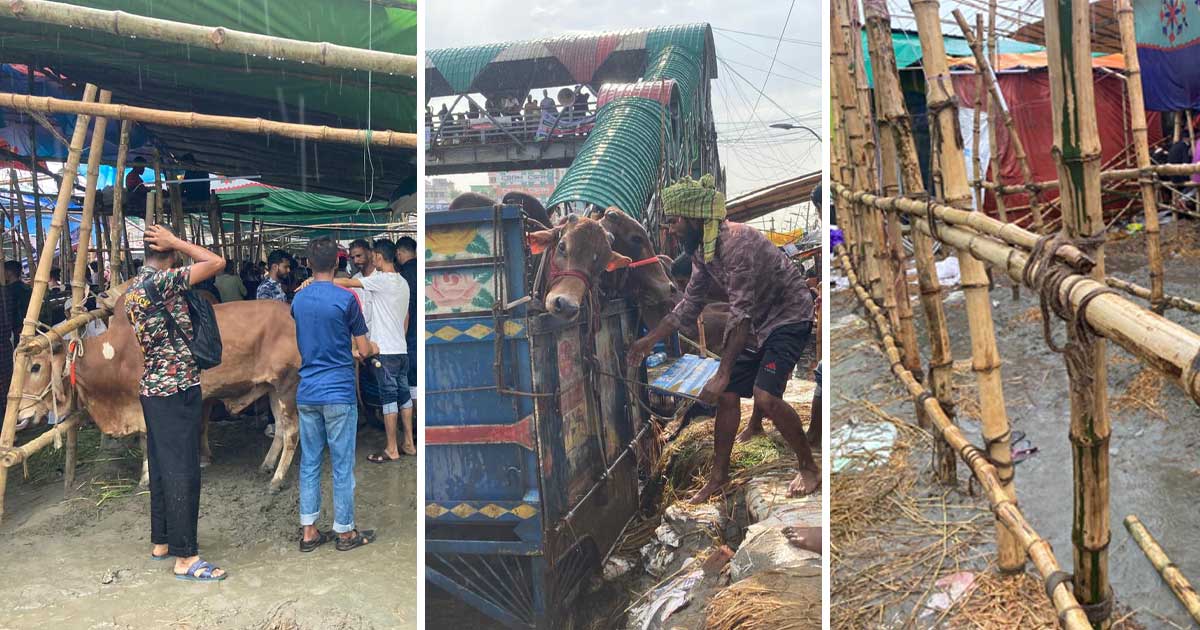



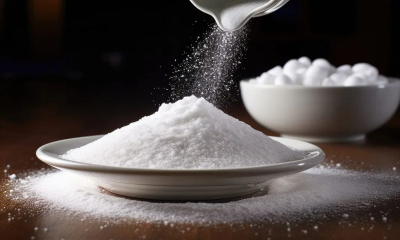
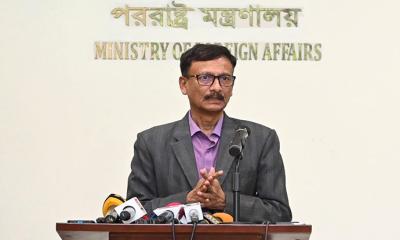
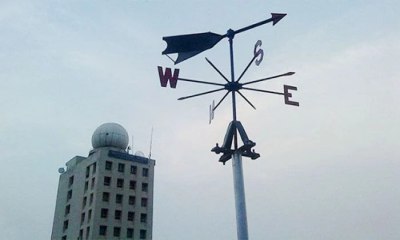


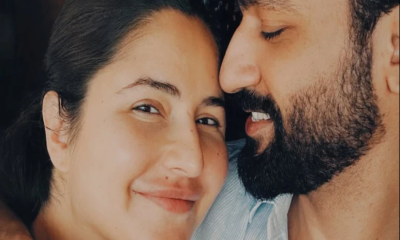
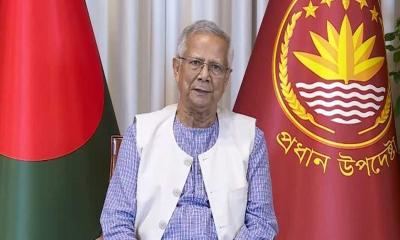






-(25)-20251122062715-20251204041734.jpeg)
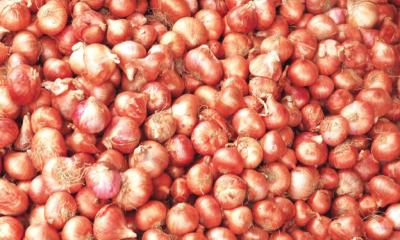
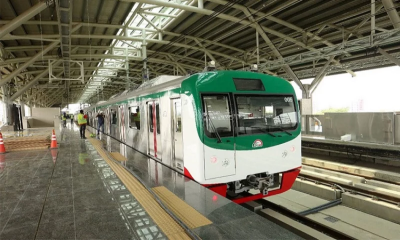


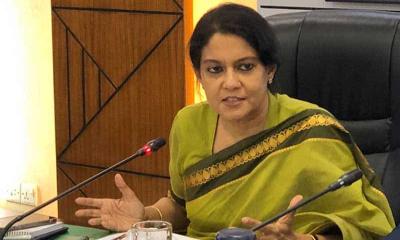


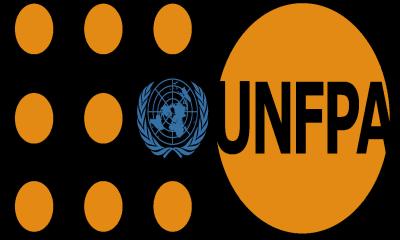


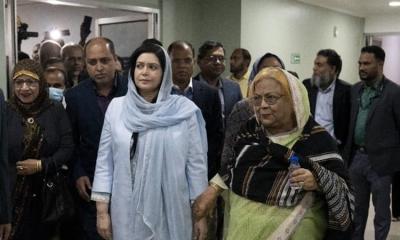
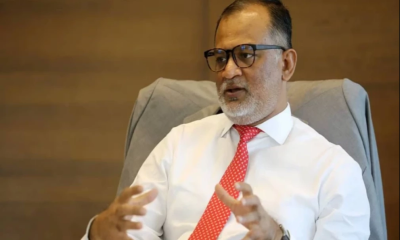
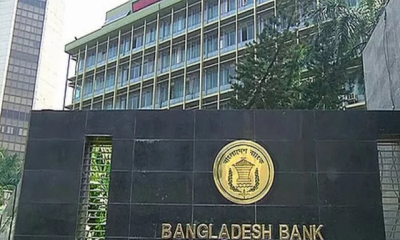
-20251207131533.jpg)